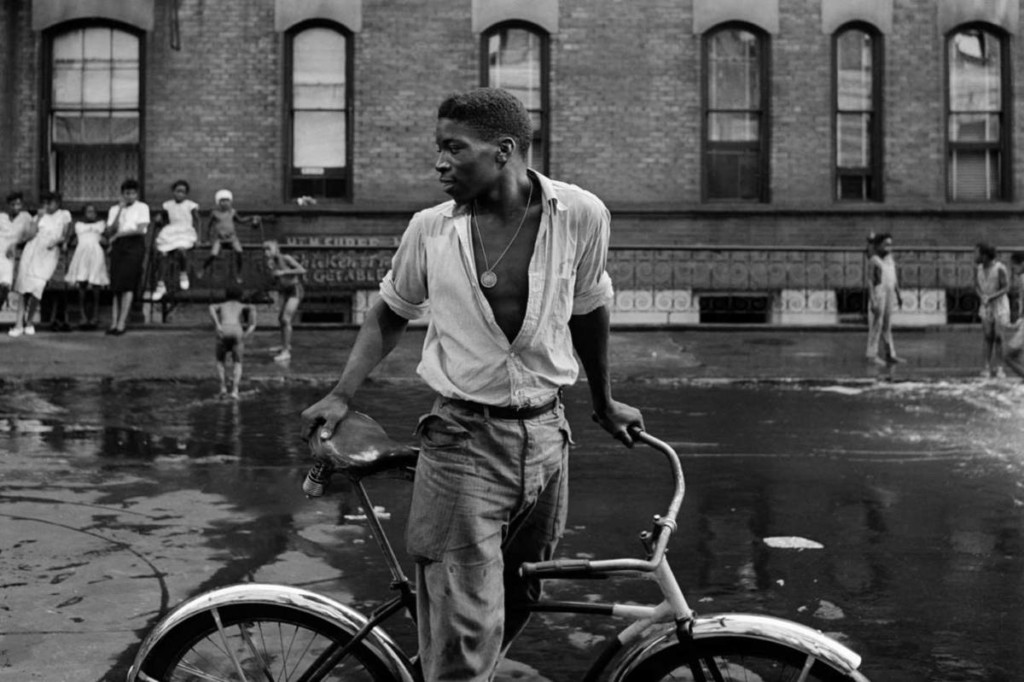The Main Principles Of Framing Streets
Excitement About Framing Streets
Table of ContentsThe Definitive Guide to Framing StreetsHow Framing Streets can Save You Time, Stress, and Money.Framing Streets - The FactsTop Guidelines Of Framing StreetsGetting The Framing Streets To Work7 Easy Facts About Framing Streets Shown
, generally with the goal of capturing pictures at a crucial or poignant minute by careful framework and timing. https://www.merchantcircle.com/blogs/framing-streets-miami-fl/2024/1/Framing-Streets-Mastering-the-Art-of-Street-Photography/2635395.As a result his boots and legs were well specified, yet he is without body or head, due to the fact that these remained in activity." Charles Ngre, waterseller Charles Ngre. https://www.avitop.com/cs/members/framingstreets1.aspx was the initial digital photographer to obtain the technological refinement called for to register people in movement on the street in Paris in 1851. Digital Photographer John Thomson, a Scotsman collaborating with journalist and social activist Adolphe Smith, released Street Life in London in twelve monthly installations beginning in February 1877
Framing Streets - An Overview
Eugene Atget is pertained to as a progenitor, not due to the fact that he was the very first of his kind, yet as a result of the popularisation in the late 1920s of his record of Parisian streets by Berenice Abbott, who was motivated to undertake a comparable documents of New york city City. [] As the city established, Atget assisted to promote Parisian roads as a worthy topic for photography.

The 10-Second Trick For Framing Streets
Martin is the initial videotaped digital photographer to do so in More Info London with a disguised cam. Mass-Observation was a social research organisation established in 1937 which aimed to videotape everyday life in Britain and to tape the responses of the 'man-in-the-street' to King Edward VIII's abdication in 1936 to marry divorce Wallis Simpson, and the sequence of George VI. In between 1946 and 1957 Le Groupe des XV annually displayed job of this kind. Andre Kertesz. Circus, Budapest, 19 May 1920 Road digital photography created the major material of two events at the Gallery of Modern Art (Mo, MA) in New york city curated by Edward Steichen, 5 French Digital Photographers: Brassai; Cartier-Bresson, Doisneau, Ronis, Izis in 1951 to 1952, and Post-war European Digital Photography in 1953, which exported the principle of road digital photography worldwide.

Framing Streets for Dummies
The recording machine was 'a concealed video camera', a 35 mm Contax concealed below his coat, that was 'strapped to the chest and linked to a long cord strung down the right sleeve'. Nevertheless, his work had little contemporary influence as as a result of Evans' sensitivities concerning the originality of his project and the privacy of his subjects, it was not published till 1966, in the publication Many Are Called, with an intro written by James Agee in 1940.
Helen Levitt, then a teacher of little ones, related to Evans in 193839. She documented the transitory chalk drawings - Best Zoom Lens that became part of youngsters's road society in New york city at the time, along with the kids who made them. In July 1939, Mo, MA's new photography area included Levitt's operate in its inaugural eventRobert Frank's 1958 book,, was significant; raw and frequently indistinct, Frank's photos examined mainstream digital photography of the moment, "tested all the official rules laid down by Henri Cartier-Bresson and Walker Evans" and "flew in the face of the wholesome pictorialism and heartfelt photojournalism of American magazines like LIFE and Time".